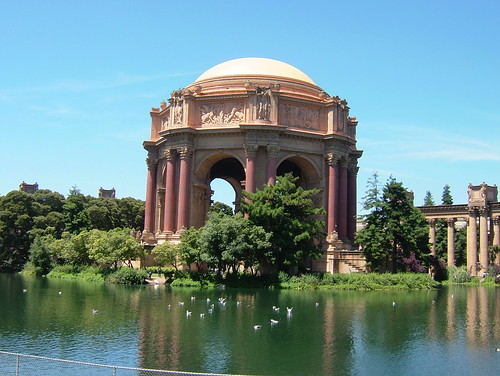San Francisco's 1906 destruction and rebuilding may provide some markers as to the path New Orleans could take. San Francisco lost much of its population and never re-attained its economic dominance, yet it remains one of the most important and favorite destination cities in the country. Below are excerpts from the Chronicle's history, published before the millenium.
San Francisco was the richest, the most powerful, the most important city on the Pacific…..$104 million a month passed through San Francisco banks, compared with $13 million for Seattle, $12 million for Portland, $11 million for Salt Lake City and $10 million for Los Angeles.
The old San Francisco was an American legend, even then. Born in the 1849 Gold Rush, brought to maturity by more gold, silver and manufacturing enterprises, San Francisco was a seaport, a metropolis, and by far the largest city on the Pacific Coast. And now it appeared to be dead.
``In some ways, the earthquake and fire were good for San Francisco,'' said [environmental historian Gray] Brechin. ``Rebuilding the city set off an economic boom, while the rest of the country was in a depression in 1907.'' The new broom swept out the crooks who had controlled the city.
The [1915 Panama Pacific Exposition] was both a beginning and an end for San Francisco. The new city was nothing like the old, everybody said that. And within five years, the little cow town of Los Angeles had more people than lordly San Francisco.

No comments:
Post a Comment